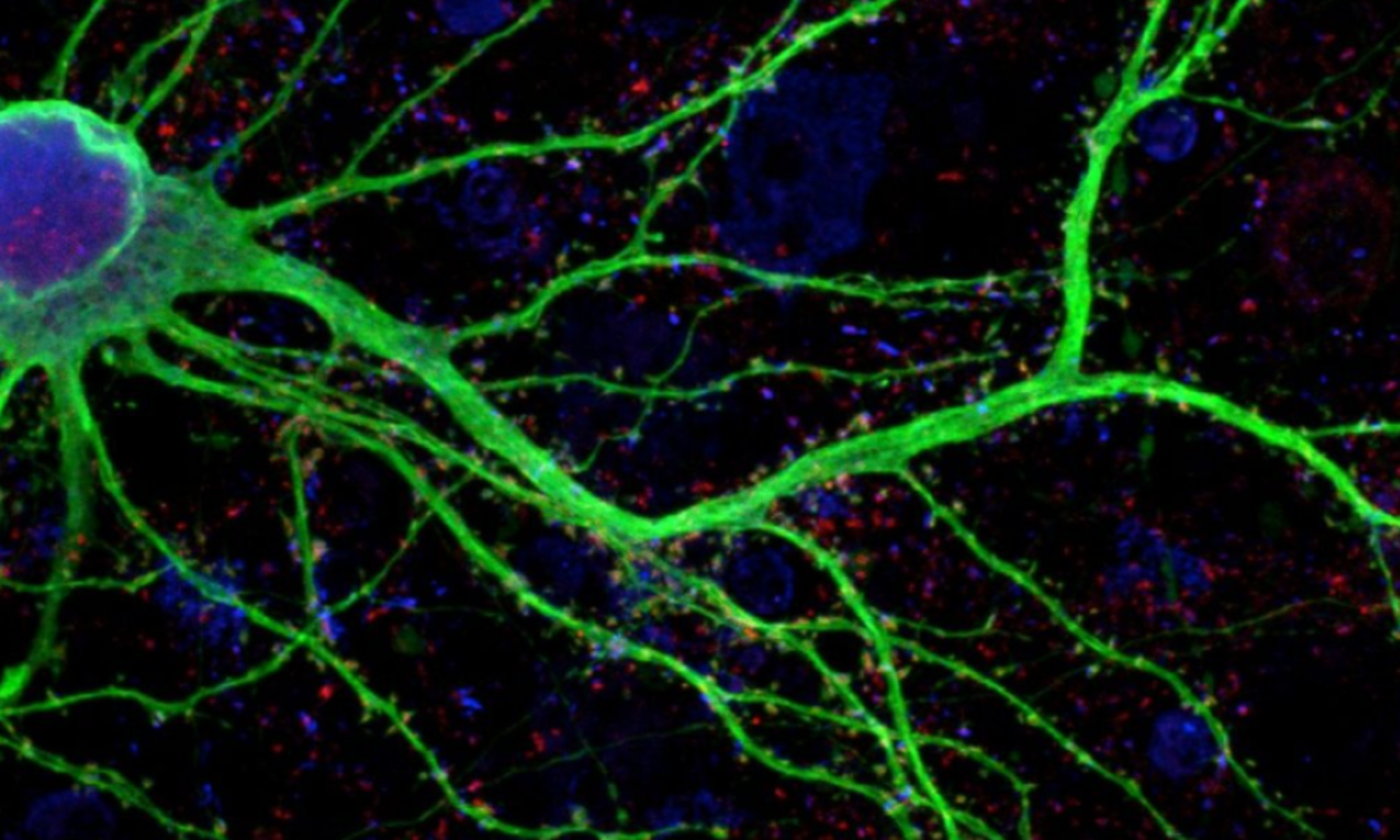Below are brief presentations of the 10 projects that our M1 students carried out for the UE ProSkills in 2023-2024, including links to the material that they produced as output of their projects
Understanding a Neurodevelopmental Disorder : The Autism Spectrum
by Alya ABDERRAHMANE, Selina ADOURI and Estelle MAGLOIRE
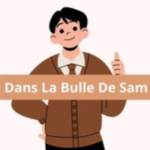
The project aims to enhance public knowledge about Autism Spectrum Disorder (ASD) by simplifying scientific facts and addressing misconceptions. Targeting the general public, the initiative uses comic strips to illustrate the life of a character named Sam, depicting his journey from fetal development to adulthood. These comics present scientific explanations of ASD and highlight societal challenges faced by autistic individuals, promoting greater awareness and understanding. To maximize reach, the comics are shared on Instagram, a popular platform among students, ensuring broad visibility and engagement. Instagram’s interactive features allow the project team to analyze audience feedback and engagement, fostering a community interested in ASD education. Collaborating with Dr. Elissar Andari, an expert in autism research, ensured the scientific accuracy of the content. The project followed a structured timeline with four comic posts, each focusing on different life stages and related scientific concepts. Topics included fetal brain development, early symptoms in infancy, stereotypical behaviors in childhood, and sensory sensitivities in adulthood. In summary, this project successfully demystifies ASD for the general public by providing clear, accessible scientific information through engaging comic strips, aiming to foster a more inclusive and understanding society.
Links : Instagram account
Video documentary on neurodevelopmental disorders
by Lyssia AIT TALEB, Benjamin HAUTCOEUR, Mathilde MENAGER and Emeric SARROU

The DYSsection university project aims to raise awareness about neurodevelopmental disorders, focusing primarily on dyspraxia and dysphasia. These disorders receive limited media coverage despite affecting 3 to 5% of children in France, making them a significant public health concern. Therefore, increasing awareness on this topic is crucial. To provide comprehensive content, we have produced a 20-minute video addressing dyspraxia and dysphasia. The video, available on both the university website and YouTube, combines accessible scientific background with expert interviews to democratize knowledge and promote advancements in patient support. We collaborated with teachers and neuroscientists to ensure the accuracy and validity of our work, offering insights into the current state of scientific research on these disorders. Our documentary reviews both neurodevelopmental disorders, defining them for a broad audience, especially parents, children affected by them, and educators. It clearly describes how these disorders impact daily life, their symptoms, diagnostic processes, and available aids and exercises to improve the lives of those affected. Additionally, the documentary features an interview with a researcher who explains the mechanisms of these disorders in more detail and discusses the efforts needed to enhance management in schools and daily life. For those eager to learn about recent discoveries and therapy developments, resources will be provided in the video description. By addressing these disorders, our project fills a gap in media coverage and responds to numerous concerns regarding the experiences of individuals with these conditions within the education system.
Links : YouTube channel
A day in the world of Neuroscience
by Inès PEREZ, Shaïma KERROUM and Chaymae MOUSTARZAK
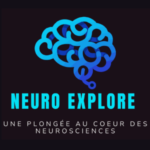
« Neuro explore : A day in the world of neurosciences » aims to make neuroscience comprehensible and engaging for everyone. The event was on May 6, 2024, from 5:30 to 7:30 p.m. with interactive workshops and discussions focusing on memory and emotions. Participants enjoyed hands-on neuroscientific tests and a true/false quiz, blending education with fun. Our content, reviewed by researchers from the CRNL, ensures scientific accuracy and clarity. We distributed flyers on the campus and social media to encourage students from all disciplines to register easily via QR code.
Links : posters (pdf)
Neuron Nexus : Neuroscience Journal
by Marine BERGERON, Théo DESACHY, Louise MARQUES RIBEIRO and Santiago RODRIGUEZ
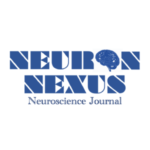
We developed a magazine to provide easily accessible scientific information and the latest news in neuroscience for students, researchers, or anyone trying to expand their knowledge. Our goal was to make the information understandable to a large and diverse audience while offering a comprehensive overview of neuroscience. We aimed to spark new interest in our readers and debunk common misconceptions. Each month, we explore a different disorder through a breaking news article and its representation in arts and literature. The latest publication on the month’s topic is reviewed to understand the scientific breakthroughs and prospects. Mental disorders were often depicted unrealistically, contributing to stigma and fear around them. However, this has been changing as more authors highlight the social and psychological impact they can have on individuals, and artists visually portray them accurately. By exposing this new representation of mental disorders, people can gain a better understanding and distance themselves from societal misconceptions. To further this objective, we also included neuromyths on recent topics such as learning styles or and the myth of using only 10% of your brain. Finally, you will find brain games designed to teach neuroscience concepts and vocabulary engagingly.
Links : magazine (pdf)
Workshops On Neurodiversity with Educational outReach
by Clara JUILLARD, Lou KREBS, Antonio NUSSBAUM and Léane PHIPPAZ
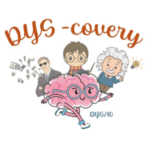
Children are frequently exposed to the terminology of DYS disorders in school or in their personal lives without always understanding their meaning. The DYS-covery project aims to increase children’s awareness of individual differences in the school environment. To achieve this, we have developed an intervention targeting 9 to 10-year-old children at school in order to promote inclusion and tolerance by recognizing that each person’s brain works differently. First, children were provided with a brain model, which provided them with a basic understanding of the major brain areas involved in DYS disorders. Then, the class was divided into three successive workshops, during which they were able to experience how these conditions manifest themselves and gain a better understanding of the challenges faced by those with these disorders. The discussion of dyslexia covered scientific aspects, while dyspraxia was explored through hands-on activities that highlight difficulties with precise movements, and dyscalculia was mimicked by means of calculation puzzles. Finally, with the main challenge of our project being adapting neuroscience to children, we were assisted by a specialist in teaching children with disorders at every step. She enabled us to adapt activities that have been built based on scientific content to children’s level.
Links : posters (pdf)
Introduction to Brain Computer Interface for the general public
by Aimie LOUIS, Gabriel PERRIN and Aléna TERNON
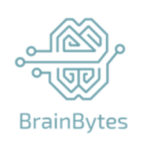
Brain-Computer Interfaces (BCI) have recently gained significant attention through breakthroughs like the Neuralink implant. However, there is widespread apprehension among the general population due to a lack of knowledge about this technology. Our project aimed to educate the public about BCI through an informative video. The video provides comprehensive information on both the biological and technological aspects of BCI, which are often missing in online discussions. After some global definition of EEG and its principle. To make the content more relatable, we included familiar examples such as the application of BCI in video games and its use in research to aid disabled individuals. Additionally, we debunked common myths and provided information on the current legislation surrounding neurotechnology. Links in the video description offer further resources for viewers who wish to explore the subject in more depth.
Links : YouTube video
Chasse aux Trésors Neurodyssée
by Teodosia BALABOI, Valéran CAUVIN and Andgel KLEIN
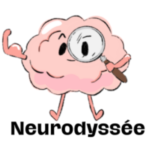
Initially designed as an thrilling interactive scavenger hunt across Lyon 1 University campus, our project is designed to spark student’s curiosity in the neuroscience field. Participants were set to explore various campus locations, discovering QR codes that unlocked articles on intriguing neuroscience topics. This immersive experience aimed to transform complex scientific topics into accessible, engaging, and enjoyable content, all validated by scientists. As our project evolved, we saw an opportunity to extend its reach by transitioning to a digital platform. Transitioning to an online format now allows us to create a more inclusive and accessible project. Participants from various backgrounds are invited to actively engage with the material through online quizzes and interactive contents available on our website. This digital adaptation ensures more student participation without being constrained by time or place, improving the accessibility to the educational experience. By maintaining the interactive essence of our original plan, we were able to expand its impact on a wider audience.
Links : website
NeuroGuide Website
by Sacha DAULIAT, Solène GAILHARD, Victor HERNÁNDEZ OLGUÍN and Solène VARDON
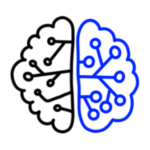
Are you fascinated by neuroscience but unsure of your career options beyond research? Do you wonder if your background can lead you into this exciting field? NeuroGuide is here to help. NeuroGuide is an interactive website created to answer students’ questions about academic and career paths in neuroscience. It offers comprehensive information on various career opportunities, educational pathways, and general information to deepen your understanding of neuroscience. Whether you’re a high schooler or a university student, NeuroGuide provides valuable resources to help you navigate your future. Our website features detailed descriptions of educational routes, personal testimonials from professionals in the field, and a communication forum. Additionally, you’ll find a collection of useful links to external resources, about the most up-to-date and relevant information. NeuroGuide addresses the need for centralized, current resources in neuroscience, filling a gap and offering clarity to those pursuing a career in this field. NeuroGuide is a project by students, for students. Explore NeuroGuide and find your path in neuroscience today!
Links : website
NeuroQuiz
by Tamara BASTHARD and Baptiste MASSON
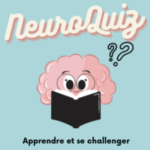
Neuroscience field seems difficult to tackle at first sight in the average population, but simple knowledge about this topic can be rapidly acquired, enough to understand some basic processes such as the implication of our brain in our body functions, what impact we have on it with our daily behavior and how to protect it. Our project aims at sharing some basic knowledge about the topic of neuroscience, to anyone without any background requirement except for being at least 15-16 years old. To reach this goal, we have created an online quiz, built in a progressive way, meaning that the first questions were establishing the bases of neurosciences. It wasn’t a basic quiz because following each question, participants were receiving feedback explaining the answers with or without a schematic helping the understanding of the concept covered. Between questions were presented some paragraphs allowing participants to answer the following questions. After acquiring bases about neuroscience topics, more complex questions were presented. These questions required the participants to have remembered knowledge from their previous answers and to make links between them to find the answers. That way of progressing through a quiz that was sufficient to itself to allow anyone to be able to answer the more complex questions in the end was the whole point of this project, leading participants to have more knowledge after completing the quiz.
Links : website
Sensory Enhancing Neuroscience Skills
by Salomé AMRANI, Antoine BRUN, Clément CORTES, Florian MARÉCHAL and Alyssa TRENTE
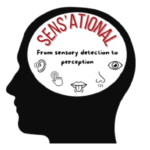
The Sens’ational project, an acronym SENS for: Sensory Enhancing Neuroscience Skills, aimed to deepen understanding and appreciation of the five primary senses among high school students and parents. Through meticulously crafted workshops, participants engaged in interactive learning experiences exploring audition, olfaction, gustation, somesthesia, and vision. Emphasizing parental involvement, workshops extended invitations to parents, fostering collaborative learning environments. Sens’ational project’s success was attributed to its ability to integrate stimulating games, hands-on activities, and interactive elements, fostering experiential learning and deeper comprehension. Furthermore, comprehensive documentation and robust evaluation practices ensured systematic assessment of effectiveness, guiding future improvements. However, challenges such as intermittent participant engagement and limited scalability necessitated ongoing adaptation and enhancement. Feedback-driven improvements focused on refining content offerings, enhancing scalability through digital platforms, and implementing longitudinal evaluation frameworks. By incorporating these adjustments, Sens’ational project aims to maximize its effectiveness in promoting awareness and understanding of neurosensory sciences among high school students and parents. The project exemplifies a commitment to continuous improvement and scientific curiosity, aspiring to leave a lasting impact on participants and communities. Through iterative adjustments and strategic partnerships, Sens’ational project seeks to extend its reach and deepen its impact, fostering a culture of scientific exploration and inquiry within educational settings and beyond.
Links : posters (pdf)
